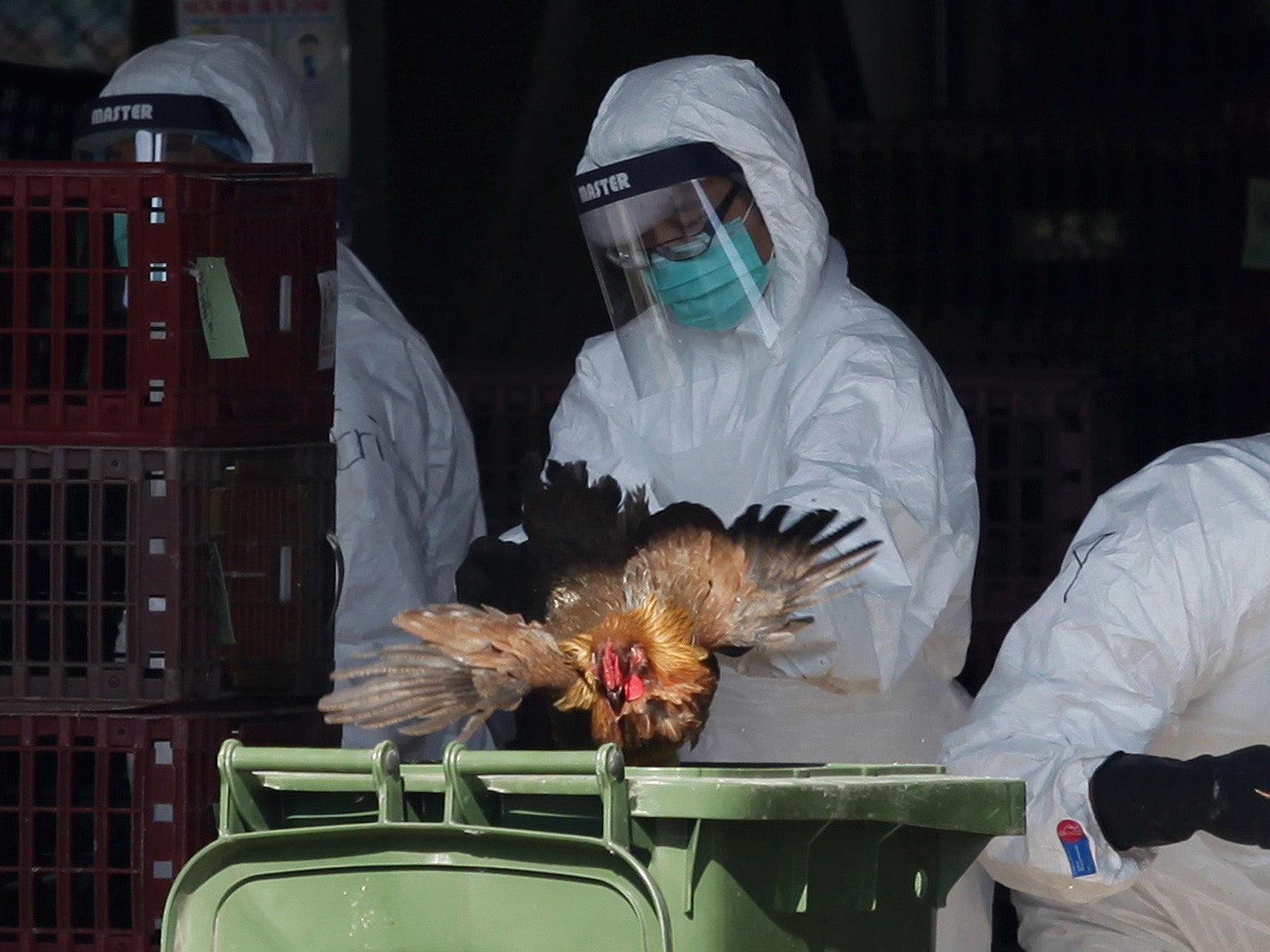The recent detection of a highly transmissible H5N1 avian influenza strain has sparked concern among scientists of a potential bird flu pandemic far exceeding the devastation wrought by COVID-19. Since its emergence in 2020, the aggressive virus has swept through wild bird populations across the United States, leaving a trail of death in its wake. The worrying trend doesn't stop there – commercial poultry farms and even cherished backyard flocks haven't been spared.
Experts warn that the current strain possesses a worrying ability to jump between different bird species, raising fears of a mutation that could allow it to infect humans more easily. The potential consequences are stark. Unlike COVID-19, which had a fatality rate hovering around 1%, the H5N1 strain boasts a historical mortality rate of over 50%. In a worst-case scenario, scientists paint a grim picture where a mutated strain could kill up to half of those it infects.
Public health officials are urging caution while acknowledging the low current risk of human transmission. The focus, for now, lies on mitigating the spread within bird populations. Stricter biosecurity measures are being implemented in poultry farms, with increased vigilance on flock health. Wildlife management agencies are also stepping up surveillance efforts to track the virus's movement and identify potential hotspots.
Developing a vaccine for a potential human pandemic is another crucial area of focus. Research teams are racing against time to develop a vaccine that can be quickly adapted to a mutated strain, should the need arise. International collaboration is paramount in this endeavor, with information sharing and resource pooling critical for a coordinated global response.
The specter of a bird flu pandemic serves as a stark reminder of the ever-present threat posed by zoonotic diseases - illnesses that can jump from animals to humans. The ongoing COVID-19 pandemic has underscored the need for robust disease surveillance systems, not just for human illnesses but also for those circulating in wildlife and livestock.
While the immediate risk to humans from the current H5N1 strain appears low, scientists' concerns are a wake-up call. Increased vigilance, international cooperation, and proactive measures to prevent the spread within birds are crucial steps in averting a potential global catastrophe.

